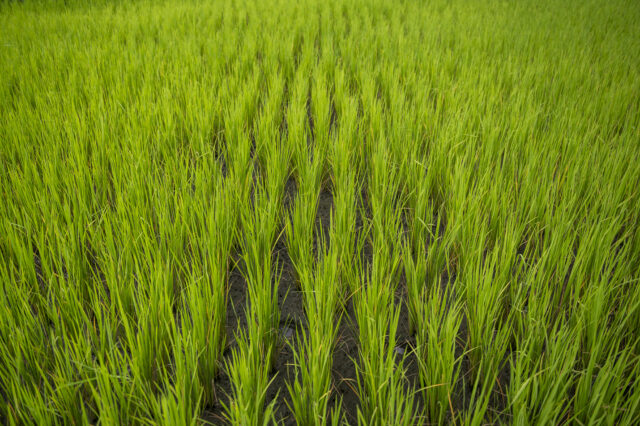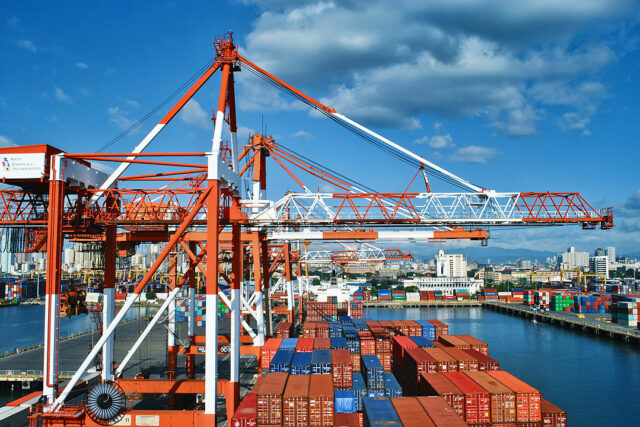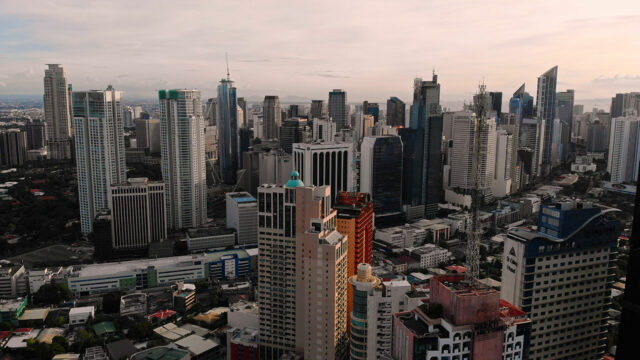Fortis Residences offers unmatched value in Makati’s upscale condo scene
As the Philippines’ premier business district, Makati City is known for its upscale residential condominiums, but most developments come with a trade-off between value and comfort.
Fortis Residences by DMCI Homes Exclusive on Chino Roces Avenue stands out by offering more value at an impressive price point.
Designed for those with a discerning taste, Fortis Residences offers a refined living experience with its generous living spaces and top-tier amenities that balance modern sophistication with the utmost convenience of city living.
Redefining Space and Comfort
While most developments in the area are known for their limited unit sizes and amenities, the 7,200-square meter development offers units options ranging from 55.5 sq.m. to 154 sq.m., giving residents the luxury of space rarely found in the city’s upscale condo market.

These units are not only spacious but are also designed with premium features to ensure the utmost comfort and style. Fortis Residences boasts large picture windows, built-in closets, digital door locks, and top-quality furnishings upon turnover. Split-type air-conditioning units, range hood, water heater for both the toilet and bath and sink, and fast Wi-Fi connection are available upon moving in, making life more convenient for incoming residents.
This emphasis on space and thoughtful design makes Fortis Residences an attractive option for those seeking more than just a place to live — it’s a home that complements a refined way of life.
Resort-Inspired Amenities at Your Doorstep
Developed by the Philippines’ leader in resort-style developments, Fortis Residences offers more than just spacious interiors — it provides a genuine resort-inspired lifestyle with its wide range of amenities.
Unlike most Makati condos with limited facilities, Fortis Residences provides homeowners with three swimming pools, including a Sky Deck pool where residents can swim while enjoying panoramic views of the city.

For those who value outdoor spaces, Fortis Residences boasts beautiful gardens and open areas that provide a tranquil escape from the urban hustle. Residents can also unwind in the Sky Lounge, which offers a stylish space to relax or socialize. For the more active, the basketball court and various lounge areas provide venues for both exercise and community interaction.
Expansive Ground Floor
The wide-open ground floor is another standout feature.
Unlike the typical enclosed lobbies of most upscale condominiums in Makati, Fortis Residences offers an open, welcoming space that adds to the feeling of freedom and connection with nature.

This design also enhances the living experience, making it possible for residents to enjoy both privacy and a sense of community within the building.
Strategic, High-Growth Location
Location is key, and Fortis Residences benefits from being part of the Makati Southwest Gateway — an up-and-coming commercial strip along Chino Roces Avenue. The redevelopment of this strip, as planned by the Makati City Government, provides space for new commercial establishments and residential developments to rise within the city.
This prime location also places residents near major business districts like the Makati CBD and Bonifacio Global City (BGC), while also providing easy access to EDSA, Skyway Stage 3, and the South Luzon Expressway for seamless travel around Metro Manila and beyond. The proximity to airports, malls, restaurants, schools, and hospitals further adds to the convenience of living at Fortis Residences.

What makes Fortis Residences even more compelling is its exceptional value in the upscale Makati condo market. With larger unit sizes, premium features, and a wide range of resort-inspired amenities, it offers more for your investment compared to other properties in the area. The development’s strategic location in a fast-growing commercial hub only enhances its potential for long-term value appreciation.
A Unique Blend of Comfort and Style
Fortis Residences combines elegance, space, and convenience in a way that few other Makati condos can. Its spacious units and generous amenities offer a rare blend of upscale living and comfort, making it a standout choice for those seeking more than just a home in the Philippines’ Financial Capital.
For individuals or families looking for a place that accommodates both work and leisure, Fortis Residences presents a unique opportunity to invest in a property that delivers exceptional value, comfort, and a prestigious address in Makati’s fast evolving landscape.
With its focus on space, premium features, and resort-inspired amenities, Fortis Residences is redefining what it means to live in an upscale Makati condo. Unit turnover starts in December 2027.
Underpinned by exceptional quality that DMCI Homes has long been known for, each DMCI Homes Exclusive property is designed to possess an inherent rarity, be it in location, master plan or development features. To learn more about DMCI Homes Exclusive, visit www.dmcihomes.com or call (632) 5324-8888. News and other updates are also posted on the company’s official social media accounts on Facebook, Twitter, Instagram, and YouTube.
Spotlight is BusinessWorld’s sponsored section that allows advertisers to amplify their brand and connect with BusinessWorld’s audience by publishing their stories on the BusinessWorld Web site. For more information, send an email to online@bworldonline.com.
Join us on Viber at https://bit.ly/3hv6bLA to get more updates and subscribe to BusinessWorld’s titles and get exclusive content through www.bworld-x.com.














